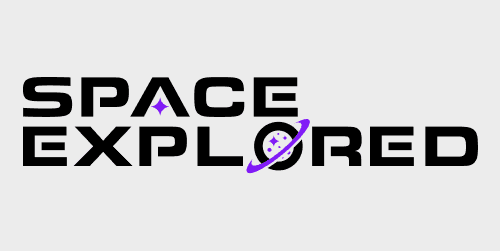
In a decision that has been months in the making, Boeing has announced that its Starliner spacecraft will conduct a second orbital flight test before it can demonstrate human spaceflight capabilities for NASA.
SpaceX passed its orbital flight test for NASA in March last year when its Crew Dragon capsule traveled to the International Space Station and back.
Boeing attempted its own orbital flight test in December, but the mission went awry within minutes of Starliner leaving the planet.
Post Space Shuttle
NASA’s Commercial Crew Program includes two companies — Boeing and SpaceX — hired to send astronauts to space using privately owned rockets. American astronauts have relied on hitching a ride on Russian rockets to get to space since the Space Shuttle Program was retired in 2011.
SpaceX is expected to demonstrate this capability as soon as next month when NASA astronauts Doug Hurley and Bob Behnken fly to space inside SpaceX’s Crew Dragon spacecraft atop a Falcon 9 rocket for the historic Demo-1 mission.
Before NASA authorized SpaceX for demonstrating human spaceflight capabilities, the private space company first demonstrated that its hardware was capable of completing an uncrewed mission to ISS and back.
Starliner behind Crew Dragon
Boeing was only a few months behind SpaceX in performing its orbital flight test, but a system timer issue put Starliner off course early in the mission. Boeing decided its spacecraft lacked the fuel required to reach ISS and safely return, however, so the multi-day mission was cut short after a short period in space.
NASA and Boeing highlighted the safe return of Starliner as a partial success in December. NASA Administrator Jim Bridenstine repeatedly suggested that the timing issue could have been corrected if crew were flying inside Starliner.

Boeing later disclosed that a number of issues not related to the timing system occurred while admitting that an end-to-end system test was not conducted before flight.
Contractually, Boeing was committed to successfully docking Starliner with ISS and returning the spacecraft to Earth without error before a crewed mission could be considered. NASA officials downplayed this detail of the contract as a Boeing commitment and not a NASA requirement.
Orbital flight test, take two
The decision to require a second Starliner orbital flight test was NASA’s to make however. Today we learned that the agency made the decision that best considers the safety of astronauts flying aboard the spacecraft.
“We are committed to the safety of the men and women who design, build and ultimately will fly on the Starliner just as we have on every crewed mission to space,” said Boeing.
“Flying another uncrewed flight will allow us to complete all flight test objectives and evaluate the performance of the second Starliner vehicle at no cost to the taxpayer,” Boeing added.

No new date has been set for Boeing’s second orbital flight test for Starliner, but the company says it is planning for this fall.
Boeing’s success — like that of SpaceX — is a key component in measuring the success of the Commercial Crew Program.
FTC: We use income earning auto affiliate links. More.

